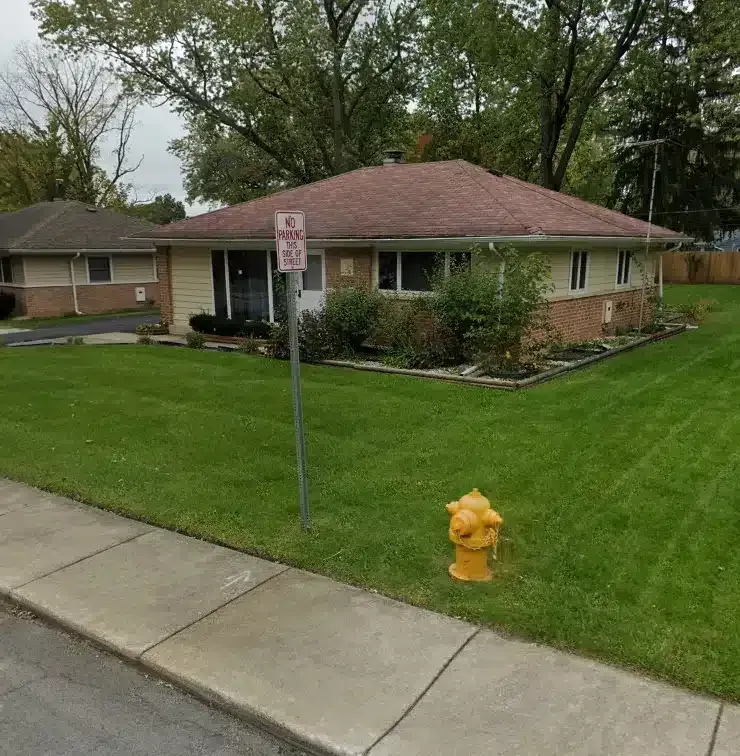All Categories
Featured

A property roof covering tear-off entails the complete elimination of existing roof materials to the deck, making sure a strong foundation for a brand-new roof setup. This procedure is essential for determining surprise damages that may not be visible throughout typical evaluations, specifically in areas without attic room access. By exposing the roofing system deck, contractors can examine and attend to problems such as rot, water damage, or architectural weak points, thus improving the longevity and performance of the brand-new roof covering.
The tear-off treatment normally begins with safeguarding the home, making use of tarpaulins and safety barriers to shield landscape design and frameworks from debris. Roof professionals then use specialized tools, like tear-off forks or roofing shovels, to efficiently get rid of old tiles, underlayment, and blinking. Beginning at the roofing system's top, they function methodically downward, guaranteeing all materials are removed without endangering the underlying deck. Adhering to the removal, the roof covering deck is thoroughly inspected for any type of indicators of damage, with necessary repair services or substitutes conducted to guarantee architectural stability.

As soon as the deck is confirmed to be in ideal condition, an ice and water shield is put on prone areas such as seamless gutter sides, valleys, and around chimneys to stop future leaks. Top quality underlayment, like 30-pound felt paper, is after that mounted to supply an added dampness obstacle. The final step involves laying brand-new roof shingles, with numerous professionals using costs choices such as Owens Corning Oakridge or Period tiles, understood for their sturdiness and aesthetic charm.
Check for more info at A-Abel Roofing Inc - Residential Tear Offs Facebook Instagram Yelp Youtube
Latest Posts
Automobile Repair Shop Now! at MO
Bathroom Fitter's One-Day Tub-to-Shower Conversions: Fast, Stunning, Done
Basic Steps to Achieve Financial Health in 2025